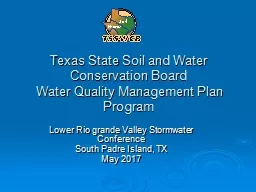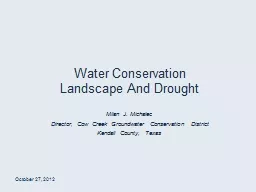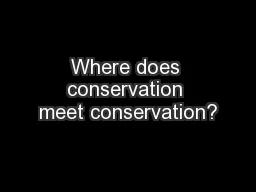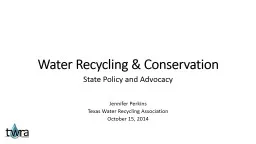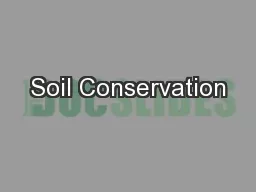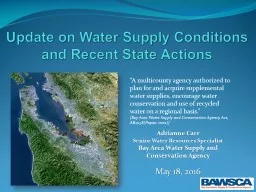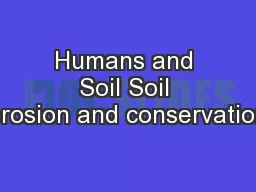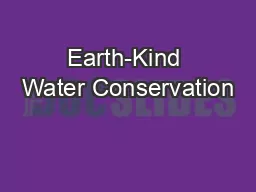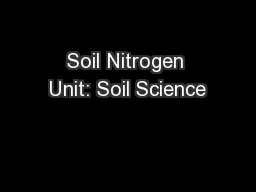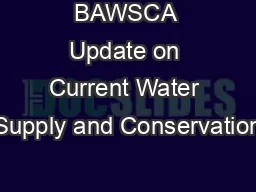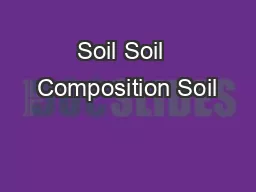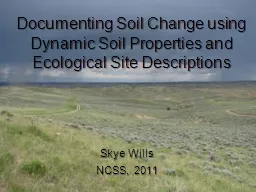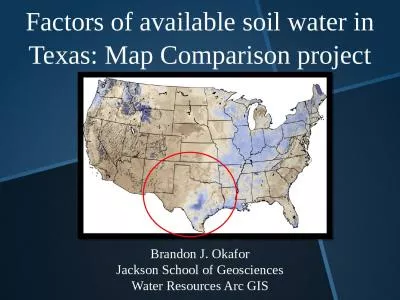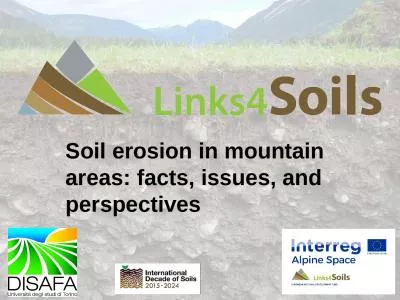PPT-Texas State Soil and Water Conservation Board
Author : myesha-ticknor | Published Date : 2018-12-20
Water Quality Management Plan Program Lower Rio G rande Valley Stormwater Conference South Padre Island TX May 2017 Agency Role Water Quality Mandate Texas
Presentation Embed Code
Download Presentation
Download Presentation The PPT/PDF document "Texas State Soil and Water Conservation ..." is the property of its rightful owner. Permission is granted to download and print the materials on this website for personal, non-commercial use only, and to display it on your personal computer provided you do not modify the materials and that you retain all copyright notices contained in the materials. By downloading content from our website, you accept the terms of this agreement.
Texas State Soil and Water Conservation Board: Transcript
Download Rules Of Document
"Texas State Soil and Water Conservation Board"The content belongs to its owner. You may download and print it for personal use, without modification, and keep all copyright notices. By downloading, you agree to these terms.
Related Documents

